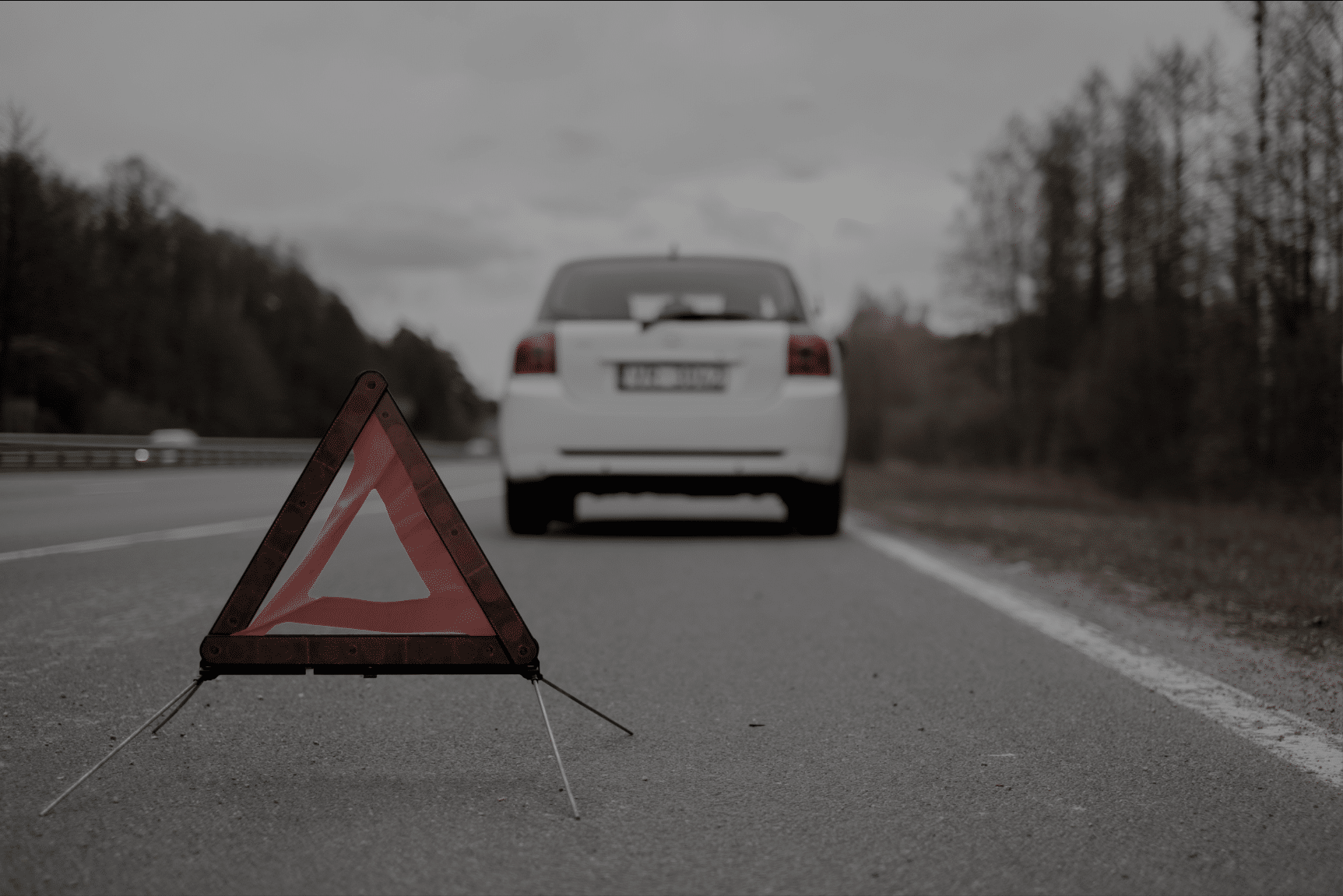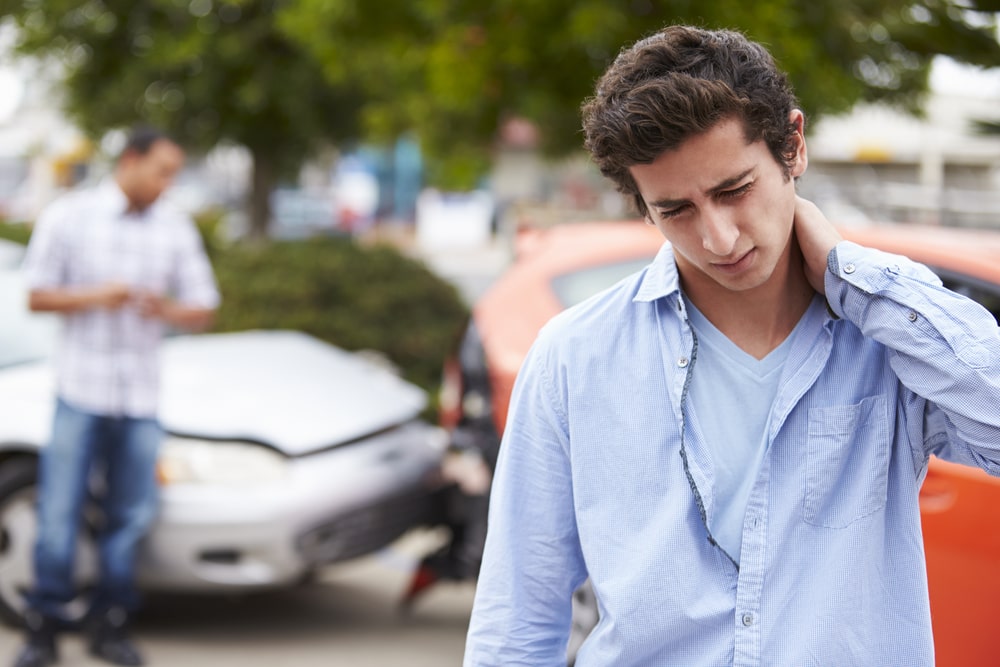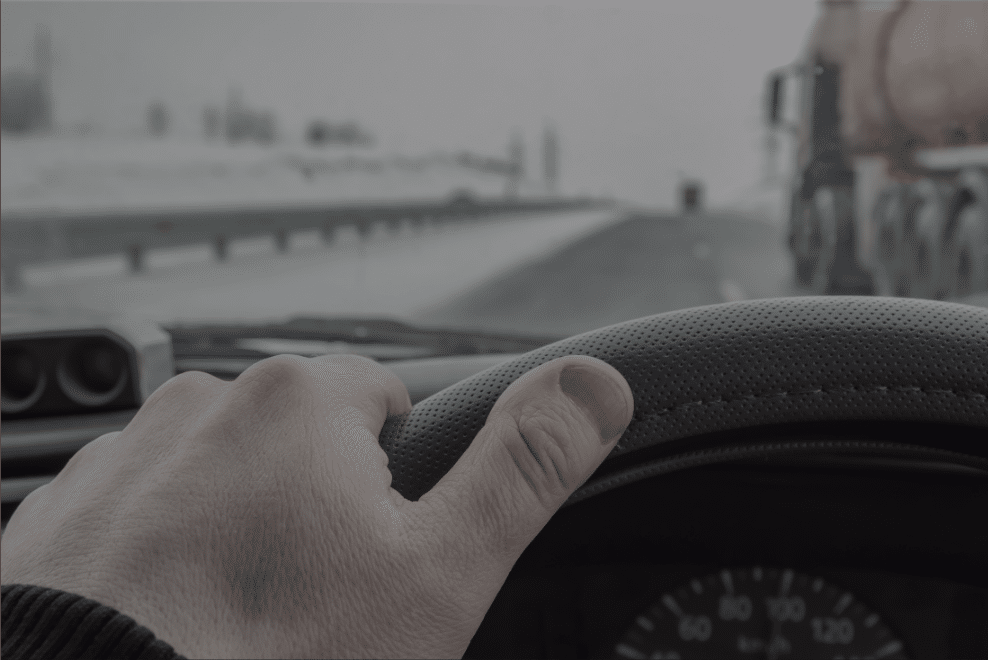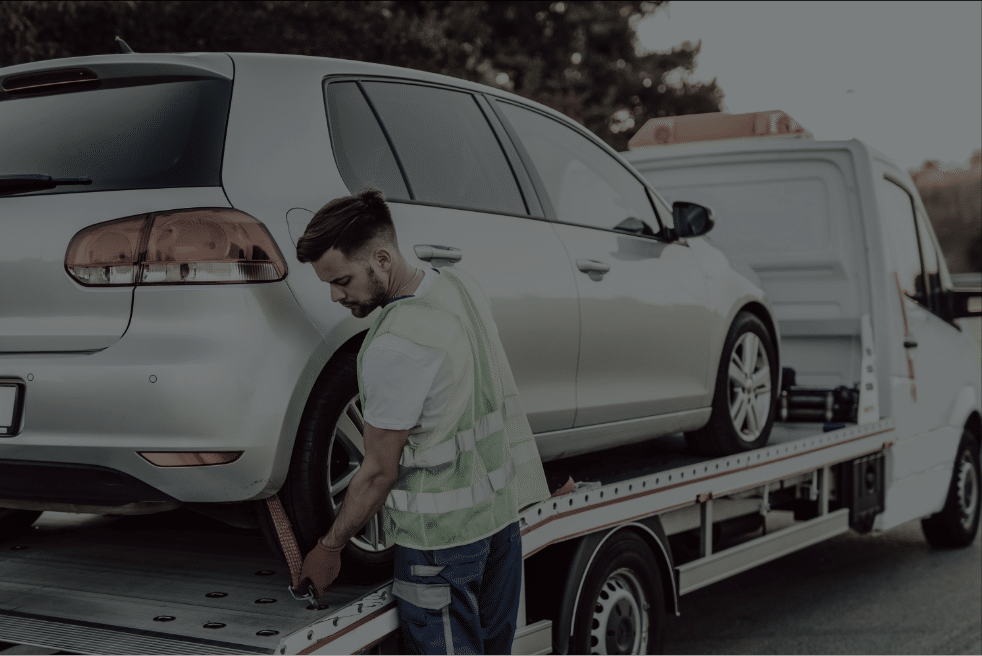Car accidents on the shoulder of the road: what drivers need to know
- Car accidents on the shoulder of the road: what drivers need to know
- What is Washington State’s Move Over Law?
- What does Washington’s Move Over law specifically require?
- How do you determine liability in a shoulder of the road accident?
- What should I do if I’m injured in a car accident on the shoulder of the road?
- Contact an experienced Kent personal injury accident attorney today
The shoulder of the road is an extremely dangerous place to be. The last thing you want to deal with after a car crash, flat tire, engine trouble, or other incident is traffic whizzing by at 50 to 80 miles per hour, just a few feet away. Hazard lights help, certainly, but they don’t offer much protection from a distracted driver behind the wheel of two tons of steel and glass—especially at interstate highway speeds.
In an effort to protect stranded motorists, construction workers, police officers, and others who must spend time near the side of the road, many states (including Washington) have passed “slow down, move over” laws. Unfortunately, far too many drivers still aren’t aware of this law and how it affects them, increasing the risk of severe car accidents. But what is the most dangerous road in Washington?
In this blog, we’ll talk about the Washington move over law, how you can protect yourself if you’re stuck on the highway shoulder, what to do if you’ve been injured in a shoulder accident, and how a car accident attorney can help.
Motorists stranded on the side of the road, law enforcement officers making traffic stops, and roadside workers risk their lives each day on Washington highways. When roadside crashes occur, they tend to be severe.
Washington’s Move Over law, RCW 46.61.212, requires that drivers switch to the left lane (on multi-lane highways) or reduce their speed when passing an emergency vehicle or other roadside assistance. The law was originally passed in 2010, then amended again in 2019 to include construction zones. Violators face double fines for speeding in emergency zones.
“Very knowledgeable and trustworthy. Zach Herschensohn provided me with excellent service. He kept me well informed and explained complicated issues in a way I could understand. He took the lead and guided me through everything necessary to achieve a successful outcome. Overall, I am very pleased with his service and would highly recommend him to anyone.”
“Very knowledgeable and trustworthy. Zach Herschensohn provided me with excellent service. He kept me well informed and explained complicated issues in a way I could understand. He took the lead and guided me through everything necessary to achieve a successful outcome. Overall, I am very pleased with his service and would highly recommend him to anyone.”
“Very knowledgeable and trustworthy. Zach Herschensohn provided me with excellent service. He kept me well informed and explained complicated issues in a way I could understand. He took the lead and guided me through everything necessary to achieve a successful outcome. Overall, I am very pleased with his service and would highly recommend him to anyone.”
“Very knowledgeable and trustworthy. Zach Herschensohn provided me with excellent service. He kept me well informed and explained complicated issues in a way I could understand. He took the lead and guided me through everything necessary to achieve a successful outcome. Overall, I am very pleased with his service and would highly recommend him to anyone.”
“Very knowledgeable and trustworthy. Zach Herschensohn provided me with excellent service. He kept me well informed and explained complicated issues in a way I could understand. He took the lead and guided me through everything necessary to achieve a successful outcome. Overall, I am very pleased with his service and would highly recommend him to anyone.”
Washington’s Move Over law, broadly speaking, does two things:
- Defines an “emergency or work zone”
- Instructs drivers on what to do when entering one
Let’s break that down a bit further.
What is an emergency or work zone?
Short answer: if you see any stopped or slow-moving vehicles that are using their audible or visual signs appropriately (warning lights flashing, sirens blaring, etc.), you’re either in, or about to be in, an emergency or work zone. This includes:
- Emergency vehicles
- Highway construction vehicles
- Utility service vehicles
- Tow trucks
- Any other vehicle providing roadside assistance
The zone begins 200 feet before the parked or slow-moving vehicle and ends 200 feet after you pass it.
What should I do when approaching an emergency work zone?
They don’t call this the “move over” law by accident. Here’s what you’re supposed to do, in order of priority:
If the road has four or more lanes (at least two heading in the same direction you’re traveling), and it’s possible for you to safely change lanes so you’re no longer in the closest lane to the right shoulder, do that.
If you can’t change lanes (because there’s only one lane traveling in the same direction, or for any other reason) but you are still able to at least move over a little bit to your left and give as much passing space as possible, slow down and do that.
If changing lanes isn’t possible, slow down to at least 10 mph below the posted speed limit while passing.
Related Article: Hit by a car while crossing the street? 10 FAQs answered by a personal injury attorney
On the surface, this seems like a silly question. It’s hard to imagine how a parked vehicle could ever be considered the cause of a car accident. And in fairness, that’s usually how it plays out. The driver presumed to be at fault is typically the one who was, well, driving at the time.
But it’s important to note that, if you’re experiencing car trouble (say from a flat tire or a separate auto accident), you do have a responsibility to minimize the risk that your stopped vehicle poses to other drivers on the road. That means, for example:
- Pulling off the road, or as far over onto the shoulder as you realistically can, to avoid blocking traffic lanes. (Please, don’t stop on or near the roadway unless you absolutely have no choice.)
- Putting on your hazard lights.
If it’s determined that you could have gotten your disabled vehicle to a safer location, but didn’t, there’s a chance you may be held at least partially responsible for the resulting crash. And that could reduce the amount of compensation you’re entitled to receive.
Since Washington is a pure comparative negligence state, your recovery would be reduced by your percentage of fault. For example, if a court finds you 20% responsible, you’d only be able to recover compensation at 80% of the full amount you’d otherwise be eligible for.
Shoulder accidents, as noted, are frequently severe and can do lasting physical and financial damage—mounting medical bills, thousands in lost wages, months of physical therapy, or worse.
It goes without saying that your priority should be a complete medical checkup, even if you don’t think your symptoms are “that bad.” Car accident injuries are often worse than they initially appear, and symptoms might not reach their peak until days or even weeks later. Going to the doctor right away gives you the best chance to heal quickly and fully, plus it shows to the other driver’s insurance company that you took your injuries seriously.
Oh, and speaking of the insurance company? Chances are you’re going to be in for a fight with them, too.
Because even if you feel like your personal injury claim is watertight, that’s no guarantee the insurer is going to agree. And even if determining liability isn’t a challenge (i.e., they agree their driver was fully at fault), that doesn’t mean they’ll offer you a fair settlement.
Insurance companies will often try to argue that your injuries aren’t really that bad, or underestimate your pain and suffering, or trick you into giving a recorded statement that could hurt your case. If you don’t know what your case is truly worth, they won’t hesitate to screw you over on the recovery—and once you settle, you don’t get a do-over.
Those are just a few of the many reasons why you should always reach out to a personal injury attorney as soon as possible after your car accident.
Attorney Zach Herschensohn and his team know what it takes to stand up to the insurance companies when they won’t play fair. They’ve helped people like you get compensation for their injuries after car crashes, and are ready to meet with you, hear your story, and offer practical advice about what to do next.
RELATED POST: What to do if you’re involved in a crash in Washington state
Don’t let the at-fault driver’s insurance company take advantage of you. You deserve to be fairly compensated for your financial losses and the pain and suffering you endured due to someone else’s negligence. Herschensohn Law is ready to fight for you and your personal injury case.
If you or your car have been struck by a passing vehicle on the shoulder of the road, you may have a personal injury case. And if you were injured while performing your job responsibilities, you may also have third-party workplace injury claim (if the at-fault party was not your employer or fellow employee).
Either way, it’s time to get exceptional legal representation on your side. To schedule your free consultation with our law office in Kent, Washington, give us a call at (206) 588-4344 or complete our simple online contact form.
References
RCW 46.61.212
The content provided here is for informational purposes only and should not be construed as legal advice on any subject.
Our results speak for themselves
After a worker was electrocuted on a construction site and suffered life-changing injuries, we fought and won on their behalf.
When a retired man was killed in a truck accident, we made sure his grieving family got fair compensation.
When a defective medical device harmed our client, we fought to ensure they had the financial compensation needed to recover.
Hurt? Let our law firm handle the details
When you request your free consultation, Kent personal injury attorney Zach Herschensohn will listen to you, answer your questions, lay out your legal options, and give you down-to-earth legal advice.
When you work with our law office, there are no obligations, hidden fees, or fine print. It’s that simple.






